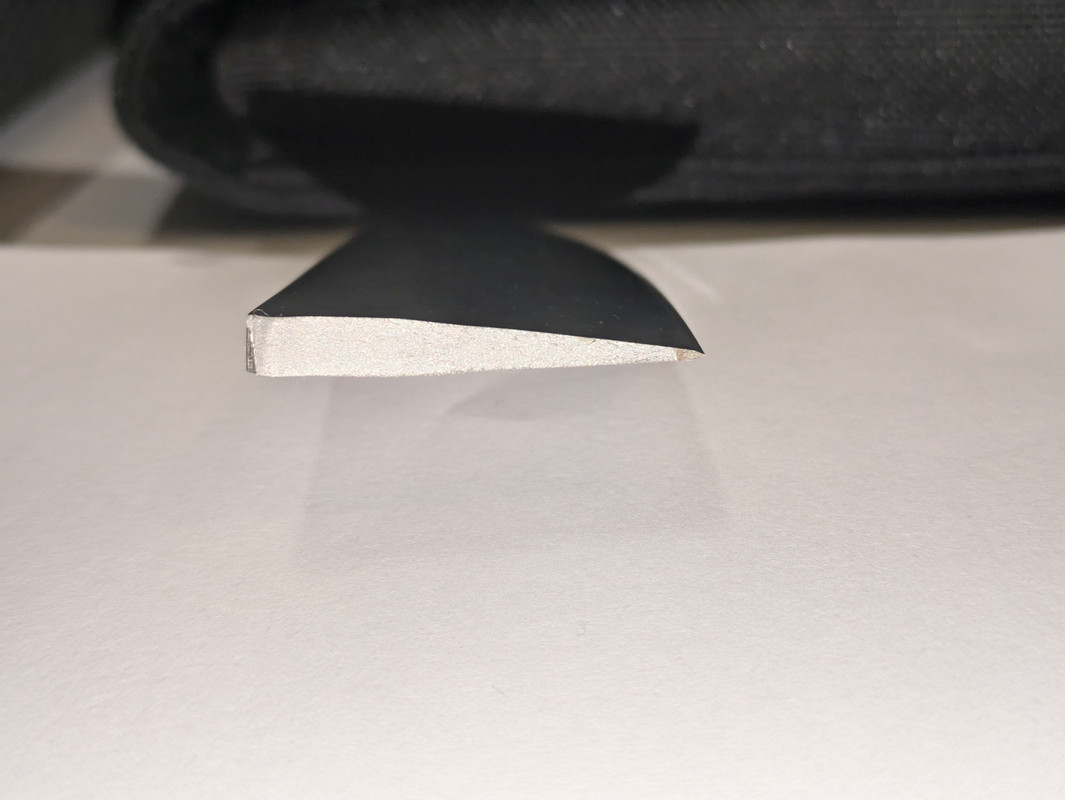- Joined
- Jun 5, 2012
- Messages
- 29,189
In the state we machine it, while it is much harder than non hardened steel it is soft for a knife, it rusts pretty quickly as well. Now a hawk head? Or something like an rmj shrike? Maybe?I'm just left curious if MIL A 12560 would make a good knife.
High hard as we call it (46100) is potentially the better candidate but it's softer than good knives as well. I'm uneducated on how hard they potentially get though, I only interacted with them in the state ready to go on for ballistic and blast purpose which may not be the limit of how hard they get.


